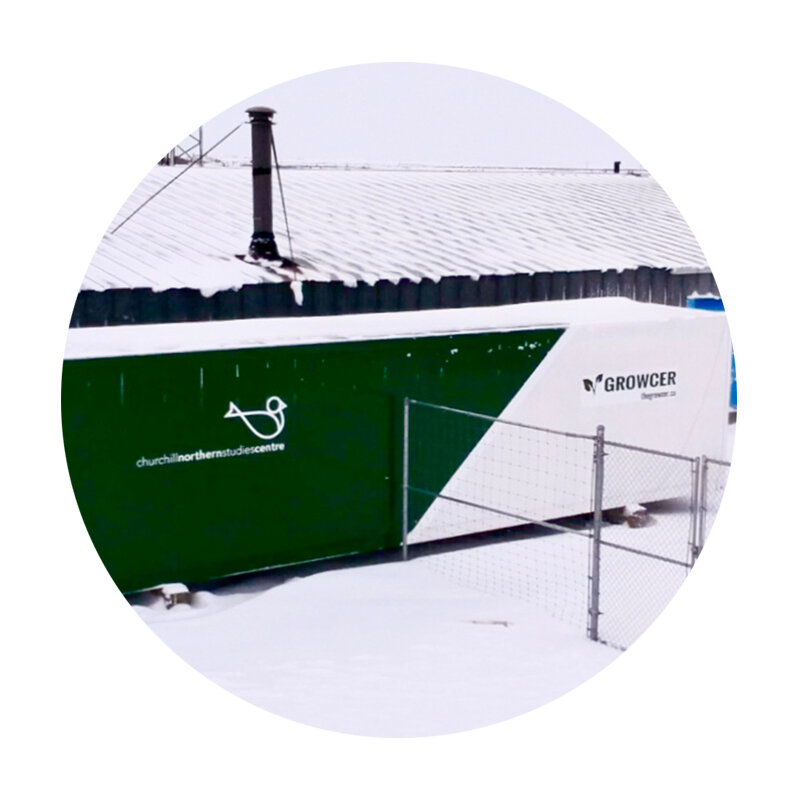4 Misconceptions about Hydroponic Growing
A hydroponic growing system uses nutrient-rich water instead of soil to grow fresh produce from seed in as little as four to six weeks depending on what’s growing. Despite this simple definition, misconceptions about its feasibility as a growing system still exist. Here are the top four misconceptions about hydroponic growing.
1.It’s only lettuce.
It’s not. Hydroponic container systems have progressed to be able to grow more than just lettuce. For example, The Growcer system can grow up to 140 different varieties of leafy greens, brassicas, herbs, and edible flowers, in addition to lettuce. Some hydroponic systems can grow fruit, like strawberries, and the International Potato Center is even experimenting growing potatoes with aeroponics.
2.It’s expensive.
Price is subjective to the person, but we must ask ourselves is it worth it given my circumstances?
For example, Growcer’s container farms cost $187,000 CDN with a payback period as little as five years depending on your local market. But let’s compare with other amounts:
-
$25,182,688 is how much was spent by Nutrition North Canada to subsidize the cost of fruits and vegetables (fresh and frozen) in 2018-19 for northern communities. That’s the cost of adding 135 Growcer units across northern communities. (Source)
-
$3,266 is the average price per acre of farmland across Canada. In some areas with fertile soil like the Okanagan region in British Columbia, the price per acre can climb up to $103,288. So a hydroponic growing unit is marginally more than one acre of fertile B.C. soil that can grow an assortment of fruits and vegetables for part of the year. (Source, Source)
-
$3,930 is the average health care costs incurred during a year by Ontario adults who are severely food insecure. The cost of a Growcer system is equivalent to the yearly health care costs of approximately 48 severely food insecure Ontarians. Health care costs are greater for food-insecure households, and this pattern exists outside of Ontario too. (Source)
Container farms, and the spillover benefits they provide in terms of food sovereignty, local community investment, nutrition education, and reduced expenses in other areas, must be factored into the cost.
3.It requires agricultural experience.
The only prerequisite to growing plants is wanting to. Nowadays, many hydroponic container farms like Growcer’s are built to be plug-and-play systems that anyone can use. For our system, it takes less than one week of on-site training to get employees comfortable with the system. Our system is also under full environmental control and monitored 24/7, so there is always a backup of support if something goes wrong.
A container farm is like a new shower: it might look confusing at first, but once you’re shown how to use it, you can’t imagine ever not knowing how it works. If you’re interested in learning more, check out our hydroponic beginners’ guide.
4.The plants taste funny.
We encourage you to taste out the product before believing that hydroponic greens taste any different from other greens.
In a hydroponic system, plants are provided with everything they need to grow except soil. It’s like cooking rice in a pot, or cooking rice in a rice cooker: the end result is the same, but achieved through different, equally valid methods.
The Yellowknife Co-op’s General Manager, Justin Nelson, discusses the impacts and benefits of having a Growcer system at their store growing produce year-round.
But don’t take our word for it! The Yellowknife Co-op grocery store recently added a Growcer unit to their space and Justin Nelson, the store’s general manager, shared what the community feedback has been:
“The response from the community has been exceptional. Everyone that knows that we grow our own produce is happy that we’re growing it. They come to the store when we harvest it, they buy what we have and they come back for more. The produce is just that great. You can’t get anymore local than growing your own produce on your own property, it’s a fantastic thing to have.” - Justin Nelson, Yellowknife Co-op
Learn more
We’ve learned that hydroponic growing is a valid investment that grows more than just lettuce and anyone can start a system. If you still have questions, take a peek at Growcer’s FAQ page for answers to our most popular topics.



